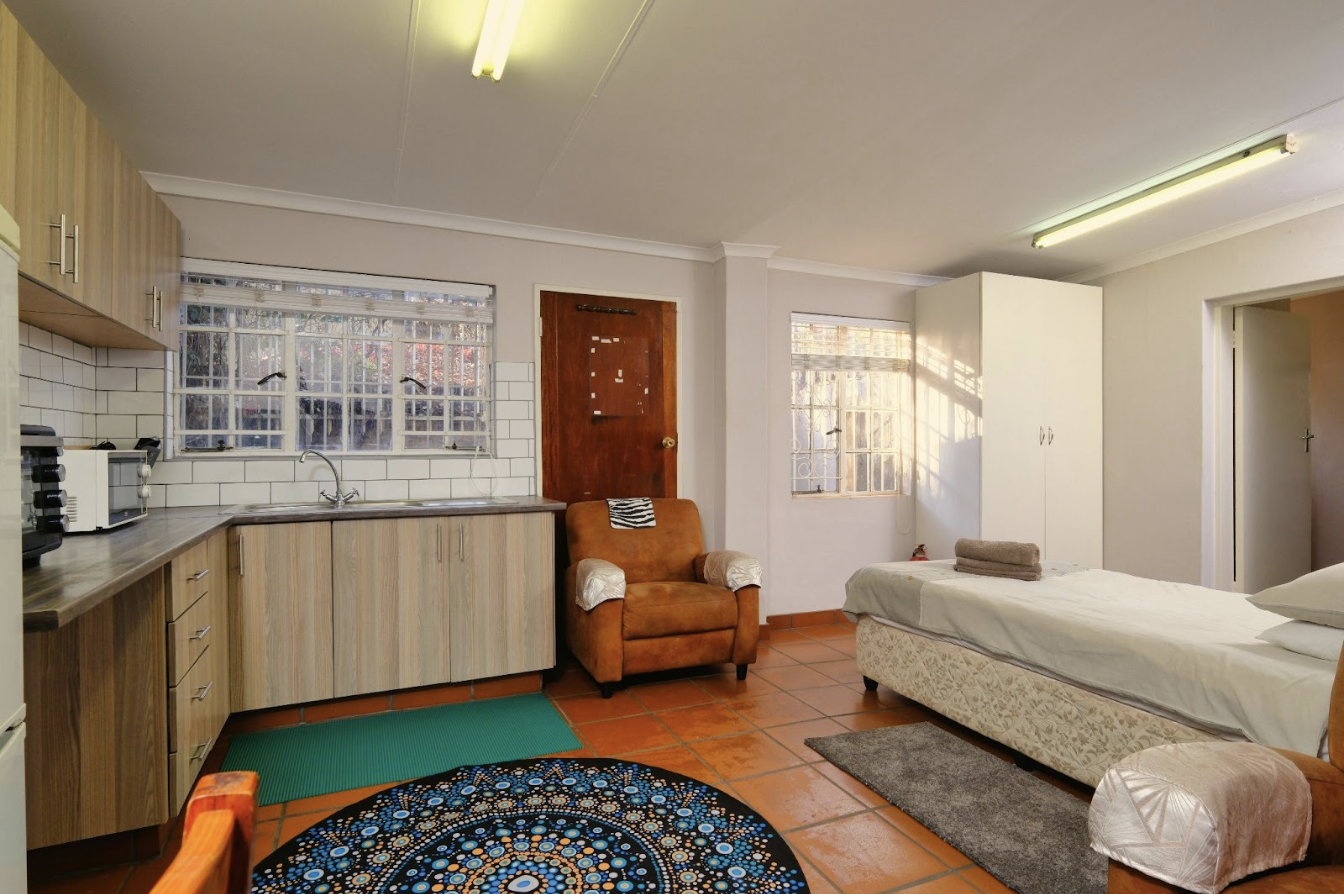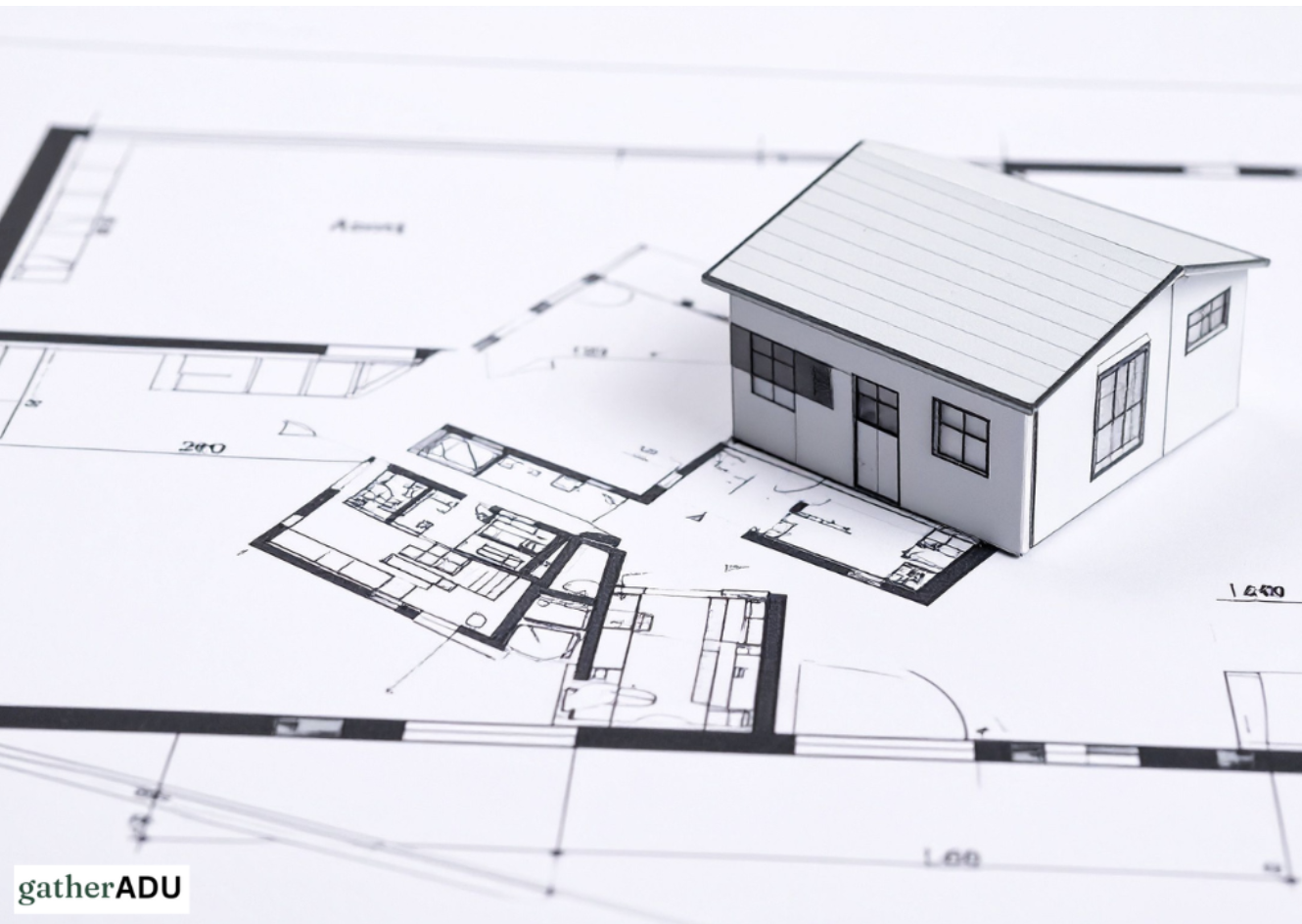Residential Floor Area (RFA) in Los Angeles is a zoning metric that regulates the total floor area of buildings on a residential lot, ensuring that development aligns with the city’s goals for density, open space, and neighborhood character. It is a critical component of the Los Angeles Municipal Code (LAMC) and applies to various residential zones, including RA-1 (Suburban Zone), R1 (Single-Family), R3 (Medium-Density), and others. The RFA determines how much enclosed, usable space can be built on a lot, expressed as a percentage of the lot area, and is designed to prevent overbuilding while maintaining the aesthetic and functional balance of neighborhoods.
Official Definition of RFA
According to the Los Angeles Municipal Code, SEC. 12.03 (Definitions), Residential Floor Area is defined as:
- The total area in square feet of all floors within the exterior walls of a building or structure on a lot, measured to the exterior face of the walls, including:
- All residential buildings (e.g., main house, attached garages).
- Non-residential buildings on the lot (e.g., home offices, studios).
- Accessory Dwelling Units (ADUs), unless specifically exempted.
- Areas like hallways, stairwells, and enclosed porches that are within the building envelope.
However, certain areas are exempted from the RFA calculation, which allows homeowners to add usable space without exceeding the limit. These exemptions are detailed below.
How is RFA Calculated?
The RFA is calculated as a percentage of the total lot area, with the percentage varying by zone. For example, in an RA-1 zone (Suburban Zone, as in your initial query), the RFA limit is typically 25% of the lot area for lots under 20,000 square feet, as per SEC. 12.07 of the LAMC.
Step-by-Step Calculation Example
- Determine Lot Area: Measure the total lot size in square feet. For an RA-1 lot of 17,500 sq ft (a common minimum for this zone):
- Lot Area = 17,500 sq ft.
- Apply the RFA Percentage: In RA-1 zones, the base RFA limit is 25%.
- Base RFA = 17,500 × 0.25 = 4,375 sq ft.
- Account for Bonuses: If a design bonus applies (e.g., a 20% increase for step-back designs), the RFA can increase.
- Bonus RFA = 4,375 × 0.20 = 875 sq ft.
- Total Allowable RFA = 4,375 + 875 = 5,250 sq ft.
- Subtract Exempted Areas: Certain areas (listed below) are not counted toward the RFA, allowing for additional usable space without exceeding the limit.
This calculation ensures that the total enclosed floor area of all buildings on the lot does not exceed the RFA limit, unless variances or other exceptions are granted.
Exemptions from RFA Calculations
The LAMC provides several exemptions that allow homeowners to build additional space without it counting toward the RFA limit. These exemptions are crucial for maximizing usable space, especially in zones with strict RFA caps like RA-1.
Key Exemptions Include:
- Basements:
- Basements are exempt if the upper surface of the floor above does not exceed 2 feet above the finished or natural grade (whichever is lower) for non-hillside areas, or 3 feet for hillside areas under specific conditions.
- Example: A 1,000 sq ft basement can be added for a home gym or guest suite without impacting the RFA.
- Covered Parking Areas:
- Up to 400 sq ft of covered parking (e.g., carports, attached garages) is exempt, provided it meets specific design standards (e.g., open on at least two sides for carports).
- Example: A 400 sq ft attached garage does not count toward the 4,375 sq ft RFA limit on a 17,500 sq ft lot.
- Detached Accessory Buildings:
- Detached structures up to 200 sq ft, such as sheds, small studios, or guest houses, are exempt from RFA calculations.
- Example: A 200 sq ft detached office in the backyard can be built without affecting the RFA.
- Porches, Patios, and Breezeways:
- Open, unenclosed areas like porches, patios, and breezeways are exempt if they are not fully enclosed by walls or a roof.
- Example: A 300 sq ft covered patio with open sides does not count toward RFA.
- Certain Portions of ADUs:
- While Accessory Dwelling Units (ADUs) generally count toward RFA, detached ADUs up to 200 sq ft fall under the detached accessory building exemption.
- Larger ADUs (e.g., up to 1,200 sq ft as allowed by state law) typically count toward RFA unless a specific state or local exemption applies.
- Miscellaneous Exemptions:
- Areas like mechanical rooms, chimneys, or roof overhangs (up to 2 feet) are often excluded.
- Solar panels and other green building features may also be exempt under certain conditions, as per state and local sustainability incentives.
These exemptions allow homeowners to add functional spaces like basements, garages, or small ADUs without breaching the RFA limit, effectively increasing the usable area of their property.
RFA Limits by Zone
RFA limits vary across Los Angeles’ zoning categories, reflecting the city’s goal of tailoring development to neighborhood character. Below are examples of RFA limits for common residential zones:
- RA-1 Zone (Suburban):
- 25% of lot area for lots under 20,000 sq ft.
- Example: On a 17,500 sq ft lot, the base RFA is 4,375 sq ft, with a potential 20% bonus (to 5,250 sq ft) for design features.
- R1 Zone (Single-Family Residential):
- Typically 40% of lot area, adjusted by lot size and slope in hillside areas.
- Example: On a 5,000 sq ft lot, the base RFA is 2,000 sq ft.
- R3 Zone (Medium-Density Residential):
- Often tied to a Floor Area Ratio (FAR) rather than a percentage, such as 3:1 (3 sq ft of floor area per 1 sq ft of lot area).
- Example: On a 5,000 sq ft lot, the RFA could be 15,000 sq ft, though height and setback rules apply.
- Hillside Areas:
- In hillside areas, the Baseline Hillside Ordinance modifies RFA calculations using slope band analysis, often guaranteeing a minimum RFA (e.g., 3,000 sq ft) and offering bonuses for certain design features.
These limits are enforced to prevent overdevelopment, but they can be adjusted through bonuses, variances, or special districts, as discussed in your initial query.
Bonuses and Exceptions to RFA Limits
The LAMC provides several mechanisms to exceed the standard RFA limit, which are particularly relevant for RA-1 zoned lots but apply across zones:
- Design Bonuses:
- In RA zones, a 20% RFA bonus is available if the building meets specific design criteria, such as step-back designs (e.g., upper stories are 75% or less of the base floor area) or front setbacks (25% of the building width stepped back by 20% of the depth).
- Example: On a 17,500 sq ft lot, the RFA increases from 4,375 sq ft to 5,250 sq ft with the bonus.
- Variances:
- Homeowners can apply for a variance if they can demonstrate “unnecessary hardship” due to unique lot conditions (e.g., irregular shape, steep slope). This process involves a public hearing and approval by the Zoning Administrator or Board of Zoning Appeals.
- Legal precedent: Walnut Acres Neighborhood Assn. v. City of Los Angeles (2015) supports variances for unique circumstances (Schorr Law, APC).
- RFA Districts:
- Under SEC. 13.13 of the LAMC, “RFA” Residential Floor Area Districts can be established to allow higher (or lower) RFA limits than the standard zoning rules. These districts must be at least 100 acres and align with community plans.
- Example: An RFA District might allow 35% RFA in an RA-1 zone, significantly increasing buildable area.
- Hillside Bonuses:
- In hillside areas, the Baseline Hillside Ordinance offers bonuses (e.g., 30% RFA increase) for lots that don’t meet minimum RFA guarantees, encouraging development that respects the terrain.
- State Law Overrides:
- California state laws, such as those governing ADUs or density bonuses, can override local RFA limits. For example, ADUs up to 800 sq ft may be exempt from certain bulk and massing limits under state law, though local implementation varies (Government Code Section 65852.2).
Practical Implications for Homeowners
Understanding RFA is essential for LA homeowners looking to expand, renovate, or build on their property. Here’s how RFA impacts planning and development:
- Expansion Constraints:
- The RFA limit caps the total enclosed floor area, which can restrict additions like new rooms, second stories, or attached garages. Homeowners must plan carefully to stay within the limit or leverage exemptions and bonuses.
- Maximizing Space:
- By using exempted areas (e.g., basements, small detached buildings), homeowners can add significant usable space without exceeding the RFA cap. For example, a 1,000 sq ft basement can house a home office or guest suite without counting toward the 4,375 sq ft RFA on a 17,500 sq ft RA-1 lot.
- Property Value:
- Increasing the RFA through bonuses or variances can enhance property value by allowing larger homes, which are often more desirable in the LA market. However, overbuilding can lead to community pushback or permitting challenges.
- Permitting and Compliance:
- Any construction exceeding the RFA limit requires city approval, whether through a variance, design bonus, or RFA District application. Homeowners must submit detailed plans to the Department of City Planning and may need to attend public hearings for variances.
- Neighborhood Impact:
- RFA limits are designed to preserve neighborhood character by preventing oversized homes that dominate the lot or overshadow neighboring properties. Exceeding the limit through legal means must still align with community plans and aesthetic standards.
Challenges and Considerations
Navigating RFA regulations can be complex due to the following factors:
- Variability Across Zones: Each zone (RA, R1, R3, etc.) has different RFA limits, exemptions, and bonus opportunities, requiring careful research into your specific zoning designation.
- Hillside Regulations: Properties in hillside areas are subject to additional rules under the Baseline Hillside Ordinance, which uses slope band analysis to adjust RFA limits.
- Community Plans: RFA adjustments (e.g., through districts or variances) must align with the local community plan, which outlines development goals for the area.
- ADU Ambiguity: While ADUs are promoted under state law, their inclusion in RFA calculations can vary depending on local interpretation, requiring clarification with the city.
- Enforcement and Oversight: The city closely monitors RFA compliance, and unpermitted overbuilding can result in fines, stop-work orders, or mandatory demolition.
Tools and Resources for Homeowners
To understand and navigate RFA limits, homeowners can use the following resources:
- ZIMAS (Zoning Information and Map Access System): The city’s ZIMAS tool provides detailed zoning information for any property, including RFA limits, zone designation, and applicable overlays.
- Los Angeles Municipal Code: Review SEC. 12.03 for definitions and SEC. 12.07 for RA zone specifics.
- Department of City Planning: Contact the LA Department of City Planning for guidance on variances, bonuses, or RFA Districts.
- Professional Assistance: Hire a zoning attorney, architect, or planner to navigate complex RFA adjustments, especially for variances or large projects.
Conclusion
Residential Floor Area (RFA) in Los Angeles is a key zoning regulation that controls the amount of enclosed floor area on a residential lot, ensuring balanced development and neighborhood preservation. In RA-1 zones, the RFA limit is typically 25% of the lot area, but exemptions (e.g., basements, small detached buildings) and bonuses (e.g., 20% for design features) provide opportunities to maximize space. Homeowners can also pursue variances or leverage RFA Districts to exceed standard limits, though these processes require careful planning and city approval. By understanding RFA calculations, exemptions, and exceptions, LA homeowners can strategically expand their properties while staying compliant with zoning laws.
.jpg)


